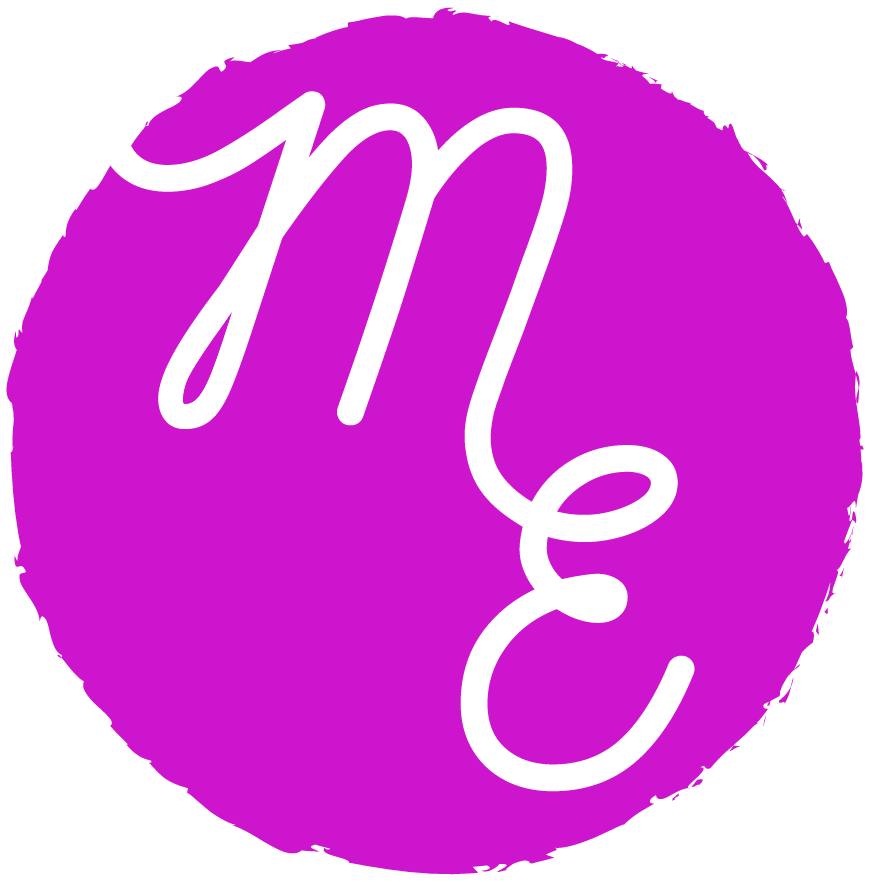Writing a Non-Fiction Book Proposal
Mushens Entertainment agent Silé Edwards shares her insight and tips into exactly what a non-fiction proposal is, why it’s different to submitting a fiction novel, and a helpful way to communicate your idea to agents.
When submitting your non-fiction, most agents ask to see a proposal. As proposals for projects are things rarely seen outside of the high-octane settings of a rom-com film, there is a general sense of confusion over what they are. How many pages? What to include? Surely if I lay out my ideas in such a detailed way, I am providing someone else with a blueprint?
When submitting a novel, most agents ask to see a pitch letter, a synopsis, and the first three chapters, with the understanding that the full manuscript will also be ready in case they call that in too. However, most non-fiction works are sold on a proposal, rather than the full text having been written. Some authors will write the full text before submitting the non-fiction work, but it isn’t a necessity. Asking for a proposal and sample chapters of a non-fiction project helps me to get a sense of the work and whether it would be right for me.
When structuring your proposal it is very helpful to have it split into clear sections:
A summary of the project: 500 words or so that outline what the project is, and why it would make a good book.
Intended audience, similar/competitive titles: Who would buy this book and why, and what would be next to it on the shelves of a bookshop?
Who you are: What is your platform? What is your expertise? Why are you the right person to write this? If you have social media stats (followers on platforms) these can also be helpful to include. Often publishers will ask to drill into the data – how many podcast downloads per territory, and what is the age/gender of the following?
Chapter or section breakdown that shows how you intend to go about putting the project together: Headings with a short summary of what each chapter or section will cover.
A sample of writing: For your writing sample, the more you have the better, but we would normally expect at least one full-length chapter.
You might be a chef, in which case some beautiful pictures of your food would be helpful. Or perhaps you are a journalist and it would be appropriate to include some long-form pieces where you write about the topic.
Of course, no two proposals are the same, and there is no such thing as the perfect proposal, as it depends on topic, author and content – but I hope this provides a useful template to structure yours. Good luck!
Silé began her career in publishing with several internships across the industry whilst studying for a degree in English with Creative Writing at Goldsmiths University. After graduating, she worked at the Publishers Association supporting their campaigns and other communications functions. She then moved to Curtis Brown as an assistant in the Book Department, where she supported deals for a large and eclectic list of clients including Adam Kay, Deliciously Ella, Alys Fowler, Viv Groskop, Katy Brand and Lucy Foley. She is a trustee for award-winning mentoring charity and network Arts Emergency. You can find her on twitter as @sileloquies.
Her submissions email is sesubmissions@mushens-entertainment.com and you can view her guidelines here.

